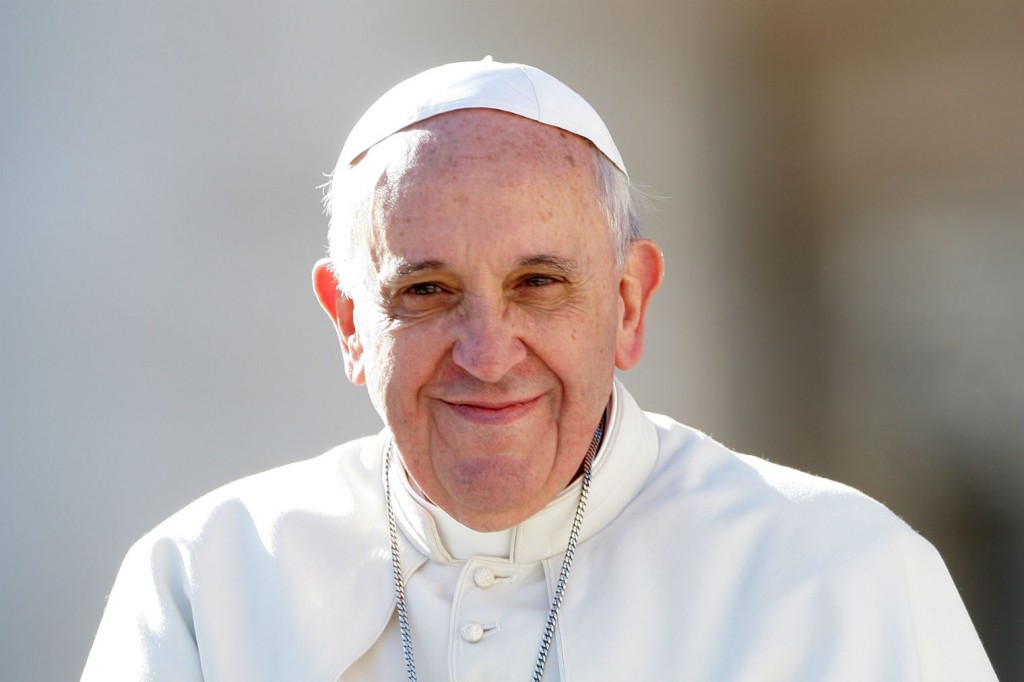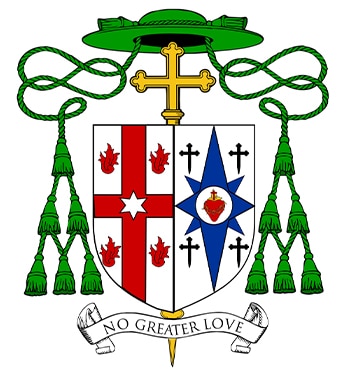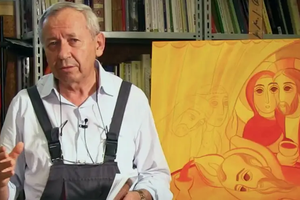Francis and the media

The news media loves the new and different, and Pope Francis was both, at least in their telling of the story. From his unexpected appearance on the balcony of St. Peter’s on March 13, 2013, to his surprising interviews, sharply worded homilies and catchy phrases, Pope Francis was entrancing to the editors and producers of the Fourth Estate.
His willingness to speak his mind, his ad-libs and his lack of stage-managed gestures made him great fodder for a news media that loves this kind of unexpected celebrity. For a while.
As we have predicted, however, what goes up in the media pantheon soon comes down. Media outlets recently were breathlessly reporting on a Gallup poll that showed the pope’s numbers were slipping — oh horror! — most precipitously among conservatives, but also among Catholics as well as the general population. The talking heads say that conservatives (down 27 percent) are unhappy about his pronouncements on climate change and capitalism’s excesses. Liberals’ approval ratings are down 14 percent, which Gallup helpfully notes is due to the fact that Francis hasn’t yet ordained women or let male priests marry.
Gallup’s poll sets the stage for the pope’s visit to the United States, shrouding it in a veneer of controversy, so that the media can then report that (a.) he has not managed to turn around his polling figures or (b.) that he has.
All of this silliness is a reminder that what drives the formulas of secular media coverage is, or should be, irrelevant to what Catholics consider important. As with the vapid coverage of the start to the 2016 presidential campaign, substance almost always takes second billing to the noisy or the outrageous. For Catholics, what matters should be the teaching authority and witness of the pope: what he says to us and how attentively we listen. And while some Catholic media can be as ideologically driven as their secular counterparts, there is a greater likelihood that Catholic news outlets will provide a steady coverage of the issues that really matter, day in and day out, week in and week out, regardless of polling numbers.
Indeed, Catholic media often are the only source of real adult faith information and formation that most Catholics are likely to come in contact with, which is why we are concerned that the average Catholic may have little access to such resources. Polling suggests most Catholics are not aware that their Church has a significant presence on the Internet. Parish websites — while oft-visited — are mainly used to confirm Mass times. And trustworthy Catholic media — particularly at the diocesan level but not only — are under duress. After years of being on starvation budgets, diocesan newspapers are being axed as ineffective. Bean counters argue that websites are cheaper, but without solid local as well as national and international reporting, they are unlikely to be very effective in communicating either what the local bishop has to say or what is happening in the larger Church.
All of which may explain the growing disconnect between what the Church teaches and what many Catholics think the Church teaches. In contrast to the cutbacks and closures afflicting many once-sound Catholic media, the Vatican’s recent reorganization of its varied media efforts, and the pope’s creation of a new Secretariat of Communications, sets a courageous example for the rest of the Church. Francis has made clear that this much has not changed in the digital age: The need for sound and trustworthy news. A venue for authoritative instruction. And a commitment to adapt and broaden rather than to abandon and retreat.
via OSV.com








